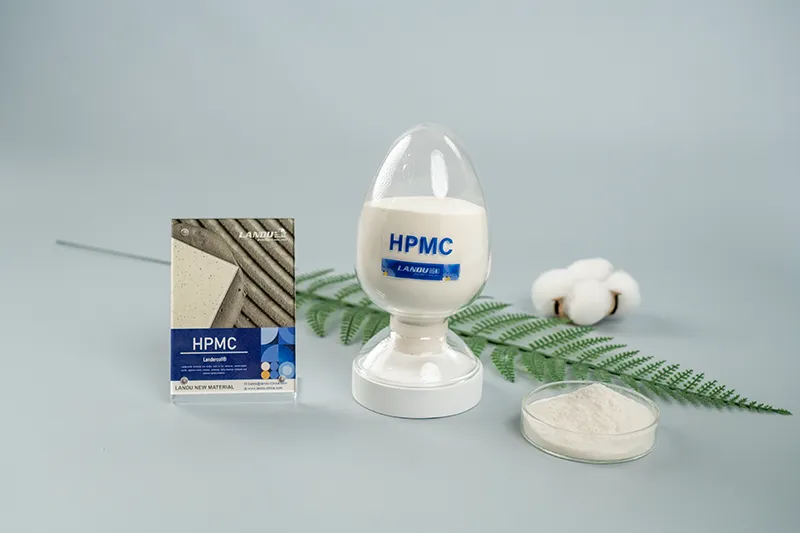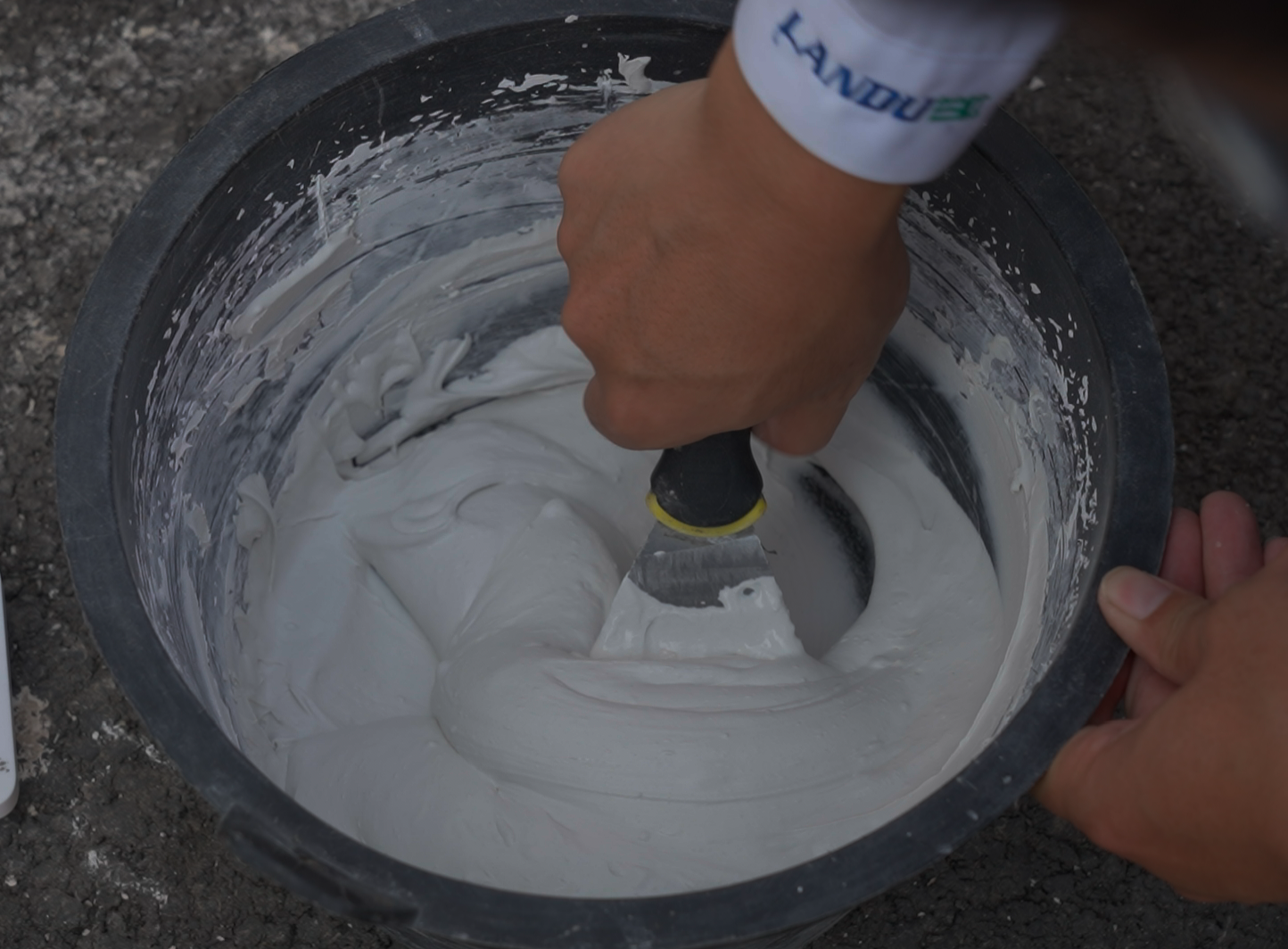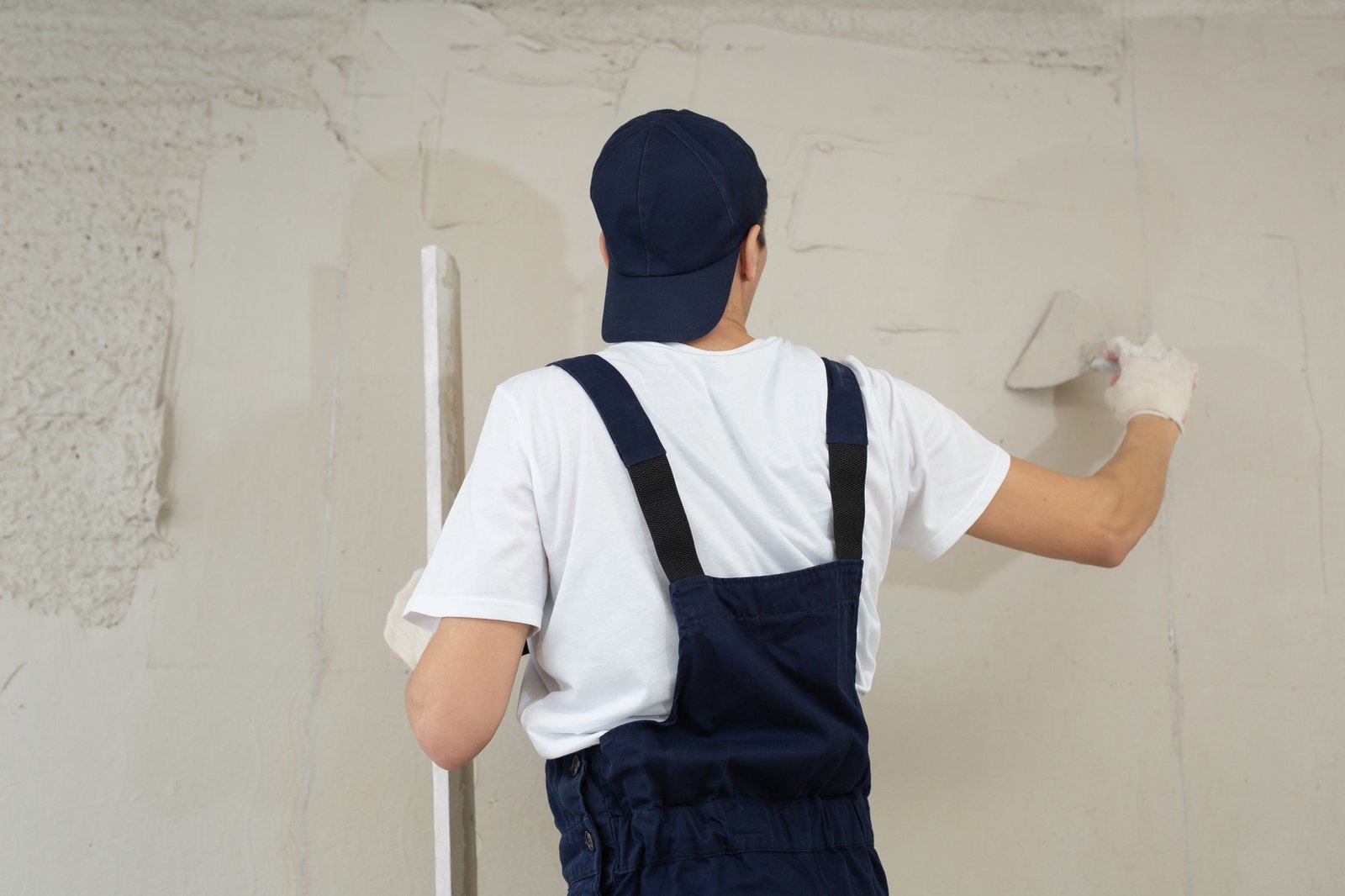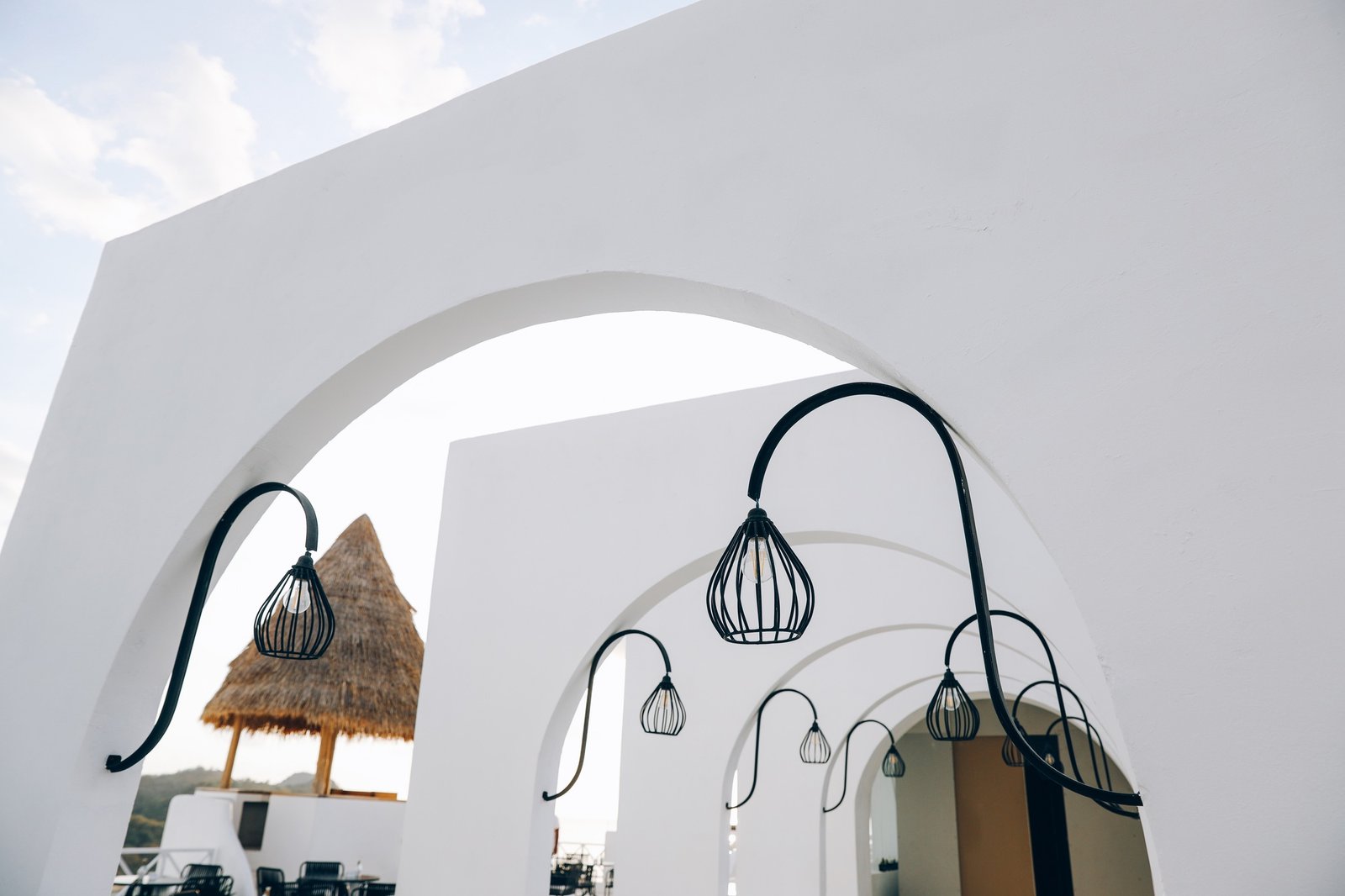Top 5 Key Components in Wall Putty Formulas
Wall putty, also called skim coat, is an important finishing material in decoration, used to eliminate surface defects and improve the smoothness of the substrate.
1. Ingredients in Wall Putty Formula
Wall putty used on exterior walls consists of 5 basic components:
- White Cement
- Calcium Hydroxide (Ca(OH)₂)
- Calcium Carbonate (CaCO₃)
- HPMC (Hydroxypropyl Methyl Cellulose)
- Redispersible Polymer Powder
Materials |
Standard Exterior Wall Putty |
Flexible Exterior Wall putty |
White Cement |
200~300 |
300~400 |
|---|---|---|
|
Calcium Hydroxide |
- |
50 |
|
Calcium Carbonate |
Fill up to the total |
Fill up to the total |
|
HPMC |
3~4 |
3~4 |
|
Redispersible Polymer Powder |
10~15 |
20~30 |
|
Total |
1000 |
1000 |
1.1 White Cement
Using white cement in wall putty improves both its durability and adhesion, effectively preventing issues like peeling or flaking. Compared to grey cement, white cement is typically finer, which contributes to a smoother and more even finish. This enhances the appearance of painted surfaces, providing a clean, polished look. Additionally, white cement reduces moisture absorption, helping to protect against dampness and mold growth. Overall, the inclusion of white cement enhances both the functional performance and aesthetic quality of wall putty, making it an essential component for achieving long-lasting, attractive results.
1.2 Calcium Hydroxide
Flexible putty relies on calcium hydroxide to enhance its elasticity and workability, allowing it to accommodate slight movements in the substrate and better resist cracking or peeling under varying environmental conditions. Also, calcium hydroxide contributes to the putty’s alkalinity, helping to resist fungal and bacterial growth, thus promoting a healthier environment.
1.3 Calcium Carbonate
Calcium carbonate serves as a primary filler to adjust the viscosity of wall putty. Its fine texture helps in achieving a smooth, uniform finish on walls. Also, its cost-effectiveness and whiteness also make it a preferred ingredient in high-quality putty formulations.
Hydroxypropyl Methyl Cellulose, also known as HPMC, is used as a thickener and water retention agent in wall putty formulas. It helps improve the workability and enhances the durability of the putty.
During the application of wall putty, the thin putty layer can easily lose moisture before the cement reacts with water due to evaporation or absorption by the substrate. This could lead to weaker bonds, reduced strength, and uneven surface finish.
This makes HPMC an essential ingredient in wall putty. HPMC can form a protective layer around the water molecules in the putty mix, reducing evaporation during application. This ensures enough water for the hydration reaction, which can form a strong bond between materials and substrates.
Also, HPMC keeps the putty pliable for a longer time by retaining moisture. It makes putty easier to spread and work on the wall surface. This improves the overall ease of application and results in a smoother, more uniform finish.
LANDU provides LANDERCOLL® K100 HPMC for your wall putty formula, please don’t hesitate to reach out.


- Redispersible Polymer Powder is a common polymer additive in wall putty formulations. Compared to HPMC, it primarily enhances adhesion, flexibility, and water resistance.
- Improved Adhesion: Once the putty is applied to the wall, RDP disperses and forms a flexible polymer film when it comes into contact with water. This film acts as a binder to create a stronger bond between putty and the substrate.
- Enhanced Flexibility: Building materials often experience slight movements due to thermal expansion, contraction, or settling of the structure. RDP helps wall putty better accommodate these movements, ensuring the bond remains strong and the putty does not lose adhesion or crack due to shifting.
- Better Water Resistance: RDP particles in the putty helps to reduce capillary action, where water moves through the porous materials by drawing moisture upward or into cracks. The polymer network disrupts this movement, decreasing the potential for water to infiltrate the putty and damage the substrate.
2. Types of Wall Putty
Based on application and performance requirements, putty can be classified into two types:
1.Interior Wall Putty
Focus on creating a smooth, visually appealing surface for interior decoration with moderate durability requirements.
- Regular putty is typically used for interior applications, as the indoor environment is relatively stable and less exposed to extreme weather conditions.

2.Exterior Wall Putty
Formulated for more demanding environmental conditions, offering enhanced weather resistance, waterproofing, and durability for exterior surfaces.
Water-resistant putty is commonly used for exterior walls to help them endure environmental factors such as rain, moisture, and temperature fluctuations.

Final Thoughts
For decorative mortars, you can choose additional functional additives to enhance specific properties and optimize the wall putty formulation. For example, you can use Hydroxypropyl Starch Ether to improve the anti-sag ability of the interior wall putty. Feel free to contact LANDU for further detailed formulas.
The wall putty formulation discussed in this article is intended for testing purposes only. In actual applications, customers must adjust the formulation based on the raw materials and specific project requirements. It should not be directly used for production or real-world applications.

